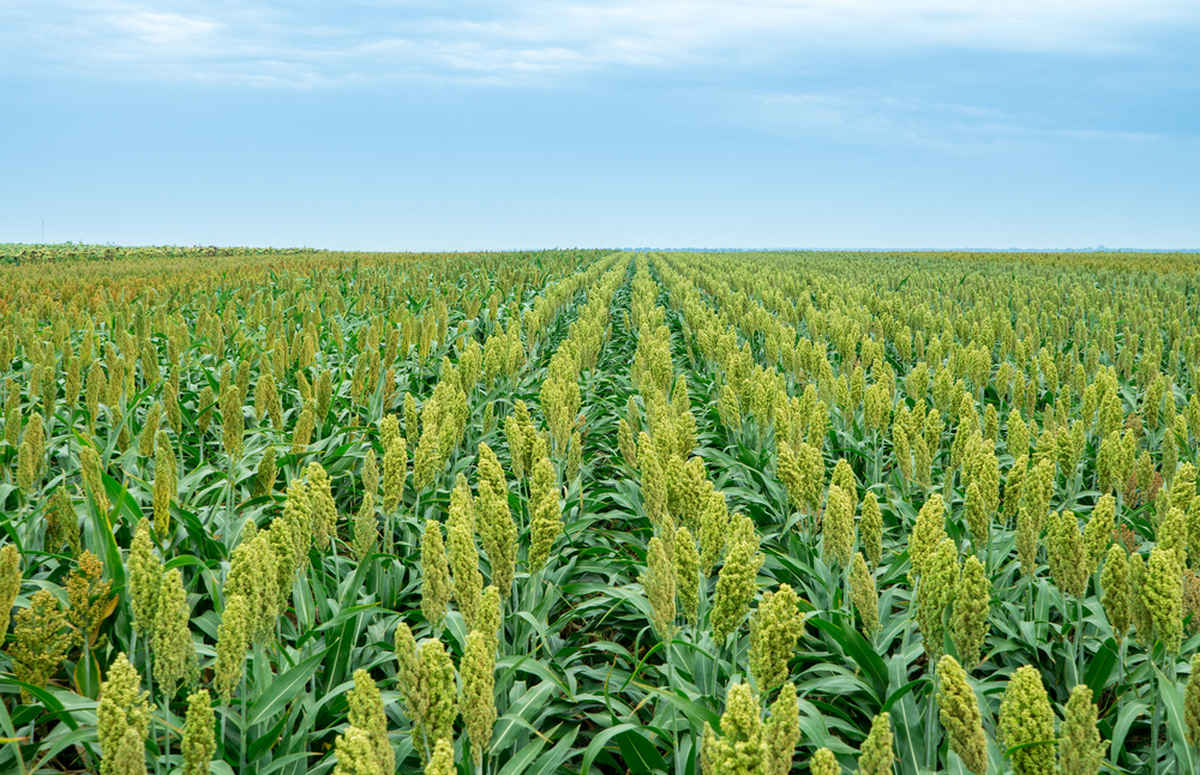Featured in ET Insights
Agriculture, as we all know, has uncertainties and seasonalities. In addition to monsoon, pest and disease incidence, paucity of credit, as well as market fluctuations, leave farmers vulnerable. Agricultural contribution towards the GDP of the county is also falling gradually. The policy strives to bring about a balance between the price received by farmers vis-à-vis that paid by the consumers.
It is imperative to look at Agriculture in a holistic manner than trying to have quick-fix solutions. This is a sector that needs not just access to financial solutions, but a combination of policy-level interventions coupled with Market Linkages and advisory services. In other words, all of us including the Government should focus on how to make “Markets work for Small Holder farmers”

Diversification of livelihoods of rural households in terms of farm, off-farm and non-farm sectors is need of the hour. Cultivation of millets, which are climate-resilient crops which can withstand the vagaries of weather and have great demand in the market as superfoods could be promoted.
Though aggregation of farm produce through Farmer Producer Organisations is a logical solution towards addressing the problem of fragmented land holding, one of the key issues in Indian agriculture. The encouraging aspect is that there is a lot of focus on promoting FPOs.
However, a lot of them are nascent, and building their Institution Capacity is important. Also, the Institution Building needs to focus on the outcomes than interventions. A value chain, instead of a production centric approach is to be adopted in order to identify and plug inefficiencies at every node of the chain. The inefficiencies of the value chains could be addressed through Agritech innovations and platforms bringing various players of the value chain together for accessing inputs, innovative financial services, government schemes, agricultural equipment on rental basis, and so on.





Leave A Comment